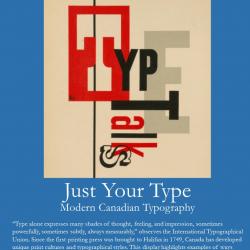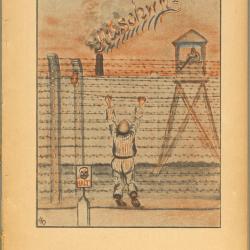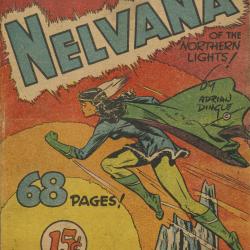The Qur’anic Page
According to Islamic belief, the Qur’an was revealed to the Prophet Muhammed over the course of his lifetime (c. 570 – 632 CE) by Gabriel, the angel of revelation. Islam, the faith that has resulted from these revelations, quickly became one of the most influential and popular religions throughout Asia, Northern Africa, and the Mediterranean. These regions were already centers of book production, and books became an important tool for sharing the word of the Qur’an. Through the fine artistry, careful construction, and spirited literary debates captured within these highlights from the Fisher Library’s collection of Qur’anic materials, these books exemplify the Qur’an’s place at the heart of Muslim study and devotion. 27 Rajab, 1441 AH (March 20, 2020) marks the observance of Laylat al-Mi’raj, the celebration of the Prophet Muhammed’s ascent into Heaven from the Masjid Al-Aqsa in Jerusalem. In recognition of this important celebration, we encourage you to consider these works and the reverence and engagement they represent.
Display curated by Samantha Summers and installed by Linda Joy.









